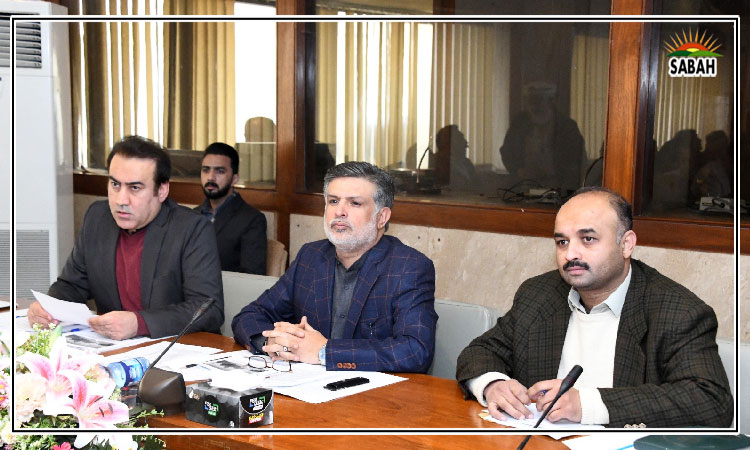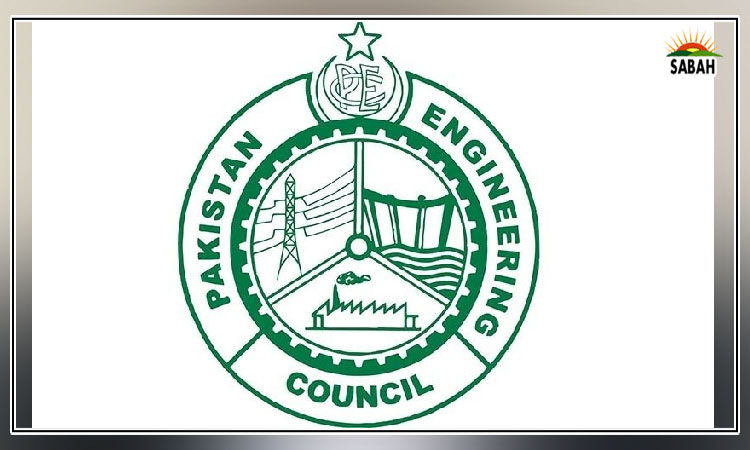Popularising family planning…Dr Ali M Mir
A nation facing tremendous financial hardships and some of the poorest socioeconomic and health indicators can ill-afford to add nearly 17,000 newborns each day to its already huge population. Our population is projected to reach a staggering 274 million by 2030. In 2018, a national population plan was developed at the behest of the Supreme Court Chief Justice. The plan calls for Pakistan to lower its fertility rate to two children by 2030. According to the Pakistan Demographic and Health Survey 2018, the total fertility rate, or the average number of children a woman has over her lifetime, is 3.6. Individuals today need to be educated on the value of balancing their family size with their resources and investing in the quality rather than the quantity of their children.
Family planning helps achieve this balance. It allows parents to responsibly fulfil their childrens fundamental rights such as education, nutrition, shelter, health and proper attention. The foundation of the new population narrative which has received support from politicians, academics, media experts and religious leaders rests on the concept of balance or tawazun. The narrative must be broadly disseminated for individuals to internalise and act on it. Nations that expeditiously reduced their fertility rate invested in multiple communication channels to change public perceptions about family size and made family planning services more widely accessible.
Peoples beliefs, values and attitudes shape their behaviours which are influenced by education, culture, societal norms and exposure to information. We need a broad-based social movement employing print, electronic and social media to inform and create the environment for broader adoption of family planning. Our intellectuals, authors and columnists must be sensitised and encouraged to write on the many themes that emerge from the new narrative, such as how family planning enables couples to fulfil the fundamental rights of their families, how it serves as a means of empowering women, how it plays a role in climate change adaptation and resilience building and reducing the depletion of natural resources. In nineteenth-century Britain, for instance, the print media, through the influential writings of authors like Charles Dickens, Ben Johnson, Jane Austen, Thomas Hardy and others, significantly improved the living conditions of the poor. The writings of essayist Edwin Chadwick helped launch the sanitary movement, which resulted in several public health initiatives that vastly improved health outcomes.
Empirical data from South America, especially Brazil, shows that TV soap operas had a significant impact on reducing family size. In the same way, we need to use electronic media to popularise the benefits of family planning. Public and private TV channel owners, producers, scriptwriters and TV anchors should be encouraged to include subliminal and overt messages about the advantages of family planning in information and entertainment programmes. Gallup Pakistans content analysis of prime-time talk shows finds that political concerns receive more attention than social issues, which ought to be reversed. PEMRAs support should be sought in launching a family planning informational campaign on major TV channels.
The dissemination of knowledge has undergone a revolution since the recent rise of social media. According to research, social media impacts our decisions, social behaviour, manners and way of life. During the Covid-19 pandemic, Twitter significantly contributed to the public health ecosystem by influencing public health policy and health-related behaviours. Social media can sway decisions about family size and promote actions consistent with responsible parenting, especially among younger couples. Harnessing the potential of the mass media can influence peoples opinions about family planning and compel policymakers to introduce structural reforms that allow people to access the services they need.
Courtesy The Express Tribune












